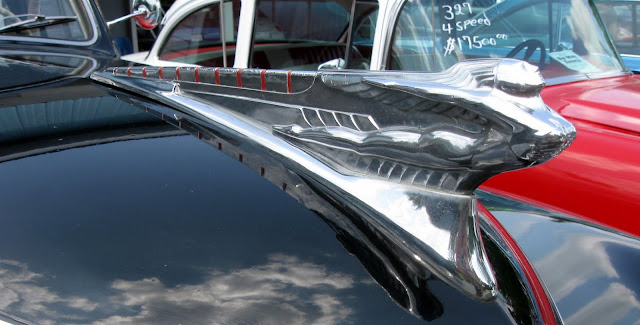 |
| SMALL SPLIT RIB EGG BASKET |
On early Appalachian farms and in small towns, collecting eggs for the household usually involved a child or teen trotting out to the chicken house to gather eggs from some protective mother hens. Along with the young person came a small egg basket that could easily handle a dozen eggs. These baskets were made in the region -- sometimes by the very household that collected the eggs.
The Appalachian area eventually became famous for their well crafted baskets. There were many basket designs -- small, large, and medium each designed to fulfill a certain use. The basket construction varied with the maker -- examples being round rib, round, and rectangular to name a few.
The art of basket making was often passed down to the next generation. Various construction methods can sometimes identify the basket-weaver or the family weavers.
Appalachian split baskets initially seemed to be made to provide containers for various chores around their country farms. The raw materials were available in the abundant woodlands and the knowledge to make them was present among the folks. Split baskets are strips of wood such as hickory, oak, or ash splits removed from felled trees.
 |
| SMALL SPLIT RIB EGG BASKET -- CLOSE UP |
Above is a close up of the small split rib egg basket seen in my top photo. The wide rounded handle is worn smooth from years of handling. The ribs are those carved pieces that emerge out from the top diagonally. The weavers are those strips that are woven around the entire basket. Making a basket took time and skill.
Law and Taylor's book, Appalachian White Oak, Basketmaking, Handing Down the Basket, discusses the complete process of basketmaking from tree to finished basket.
I mentioned that these baskets were for chores around the house. Well their beauty and craftsmanship eventually attracted buyers both from the immediate surroundings and afar. Basketmaking became a cottage industry -- whole families sometimes got involved and some could even support themselves by the basket trade.
Today these Appalachian baskets are treasures that are sought after by collectors of antiques and folk art. Many spiral into the hundreds of dollars range.
If you are lucky though, they can still be found at Appalachian yard sales or perhaps at estate sales -- at reasonable prices.































